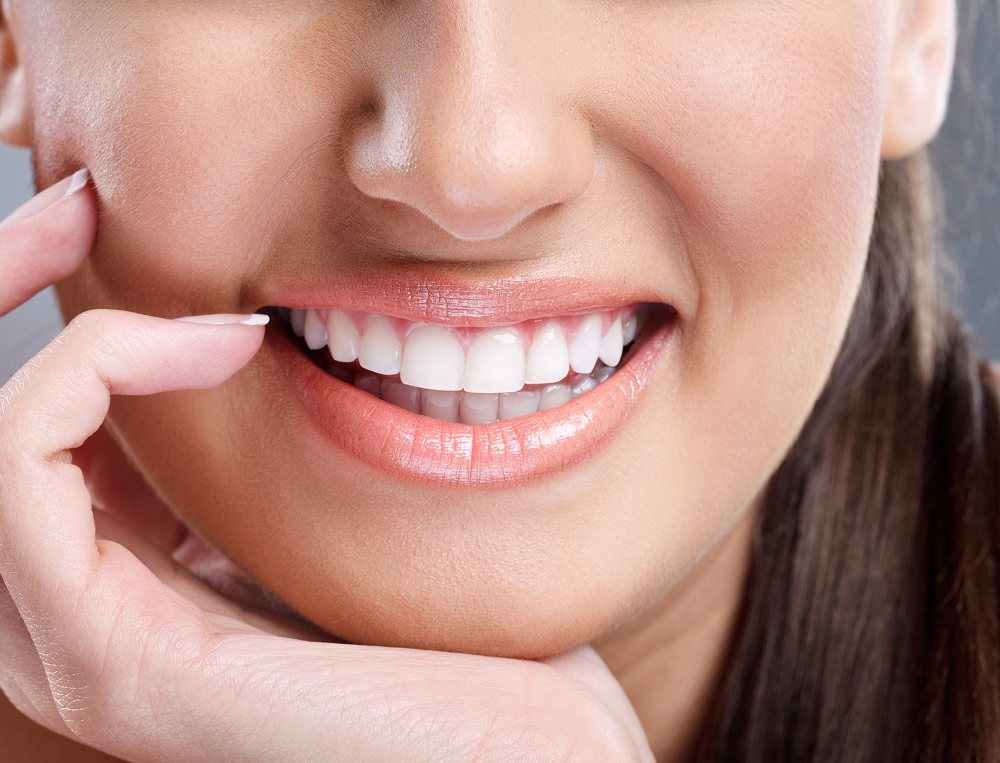Most conversations about teeth whitening focus on brightness and beauty—but few discuss how different whitening approaches align with lifestyle, health history, and long-term oral care. For busy professionals, families, and retirees in Washington, DC, choosing between in-office and at-home whitening isn’t just about convenience or cost. It’s about safety, predictability, and how treatments fit into daily routines. By looking beyond surface-level comparisons, patients can make informed decisions that truly support both their smile and overall well-being.
Understanding the Basics of Teeth Whitening
Teeth whitening works by using peroxide-based agents that release oxygen molecules, which break apart stain compounds trapped in the tiny pores of enamel. What’s often overlooked is that enamel itself is translucent—it doesn’t actually change color. Instead, whitening alters how light passes through the enamel and reflects off the underlying dentin, which creates the perception of a brighter smile. Because dentin naturally darkens with age, whitening can never achieve a “one shade fits all” outcome. Lifestyle factors, from coffee to certain medications, also interact with enamel differently, meaning results vary from person to person. Understanding this hidden layer of science helps explain why whitening isn’t just cosmetic—it’s a process influenced by biology, chemistry, and individual habits.
At-Home Whitening Options: Convenience with Limits
At-home whitening has become popular because it can be done privately, on your own schedule, and usually at a lower cost than professional treatments. Yet beneath the surface, there are important details that many patients don’t consider.
- Over-the-counter strips and gels
These products use lower concentrations of whitening agents. While safe for most, they may not penetrate deeper stains, which can leave teeth looking uneven. - LED whitening devices
Home-use lights often create a sense of “speed,” but research shows the light itself doesn’t drive whitening—the gel does. The effect may be more about perception than science. - Custom vs. stock trays
Dentist-provided trays use precise molds of your teeth, allowing gel to distribute evenly. Store-bought trays rarely fit well, which can cause patchy results or gum irritation. - Risks of overuse
Without professional oversight, it’s easy to repeat applications too often. This can dry out enamel temporarily, increase tooth sensitivity, or irritate gums. - Lifestyle impact
Because results develop gradually, consistency is key. Missing applications or combining with frequent coffee or wine intake can make outcomes unpredictable.
By understanding these less-discussed aspects, patients can weigh the true trade-offs of convenience against predictability and safety.
In-Office Teeth Whitening: Professional Precision
In-office whitening isn’t just about stronger gels—it’s about control and customization. Dentists begin by recording the natural shade of your teeth, protecting your gums and soft tissues, and applying whitening agents with accuracy that’s hard to achieve at home. What’s rarely mentioned is the role of professional judgment: dentists can adjust the concentration, application time, and even combine treatments if enamel shows different levels of staining. This precision reduces uneven results and helps manage sensitivity. Another overlooked aspect is the immediate feedback loop—patients see noticeable changes in a single visit, and dentists can monitor how teeth respond in real time. This makes the process safer, more predictable, and tailored to each individual’s enamel structure and stain type.
Comparing Results: In-Office vs At-Home
The difference between in-office and at-home whitening isn’t just about speed—it’s also about consistency and depth of results. Professional whitening can lighten several shades in a single session, while at-home kits often work gradually and may plateau before reaching the same brightness. Another often-overlooked factor is how long results last. Because dentists use higher-strength gels under controlled conditions, the whitening effect can be more resistant to everyday stains. At-home results may fade quicker, especially if diet and habits aren’t adjusted. Sensitivity also plays a role—professional treatments allow for protective measures that reduce discomfort, while home methods can leave certain areas more exposed. In short, the science and supervision of in-office care often create more reliable outcomes than self-directed routines.
Safety Considerations and Special Cases
When it comes to teeth whitening, safety is often overlooked in favor of quick results. Certain situations require extra attention:
- Restorations like crowns, veneers, and fillings
Whitening agents don’t change the color of dental restorations, which can lead to uneven shades if only natural teeth are treated. Planning and timing are essential to avoid mismatched smiles. - Enamel thickness and tooth sensitivity
People with naturally thinner enamel or exposed dentin may experience heightened sensitivity. Dentists can adjust treatment strength or duration to minimize discomfort. - Gum and soft tissue protection
At-home kits sometimes allow gel to contact gums, causing irritation. In-office procedures use barriers to prevent chemical exposure to soft tissues. - Underlying dental conditions
Cavities, cracks, or untreated gum disease can make whitening less effective and increase risk of sensitivity or damage. A professional evaluation ensures the mouth is healthy enough for treatment. - Lifestyle and medication factors
Certain medications or habits, like smoking or high coffee consumption, can interact with whitening agents, affecting results and potentially increasing sensitivity.
These considerations highlight why whitening isn’t a one-size-fits-all process and why individual evaluation is important for safe, effective results.
Choosing the Right Whitening Option for You
Selecting the best whitening method goes beyond price or convenience—it depends on your teeth, lifestyle, and goals. People with sensitive teeth may benefit from shorter, professional sessions or customized take-home trays rather than high-frequency at-home kits. Those with heavy staining from coffee, tea, or tobacco may see more predictable results with in-office treatments that allow for stronger, controlled gels. Timing is another factor: professionals needing quick results for an event may prefer office whitening, while individuals with flexible schedules might find at-home kits easier to integrate into daily routines. Understanding these nuances helps patients make choices that balance effectiveness, comfort, and long-term oral health.
Conclusion
Teeth whitening is more than a cosmetic choice—it’s a process influenced by enamel structure, lifestyle, and individual sensitivity. Understanding the differences between at-home and in-office treatments allows you to make informed decisions that balance convenience, safety, and long-lasting results. Whether you’re seeking gradual improvements at home or faster, more controlled whitening under professional supervision, the right approach depends on your goals and dental history. For a personalized evaluation and to determine the best whitening option for your smile, visit us at District Dental Solutions or call (202) 955-5787 to schedule an appointment today.


